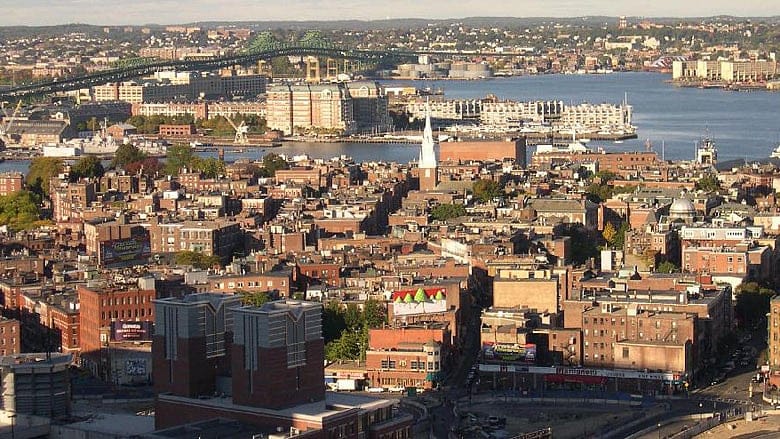Cracking the Code: Updating Boston’s zoning to unleash the city’s potential

BOSTON – Bryan Glascock, Deputy Director for Regulatory Reform at the Boston Redevelopment Authority, has his work cut out for him. Appointed by Mayor Marty Walsh in 2014 to be Boston's first zoning chief, Glascock's job is to cull Boston's 3,000-page zoning code and recommend to the Zoning Commission ways to simplify and streamline the city's complicated, multi-layered regulations.
"Each neighborhood got addressed over time," Glascock explained in an interview last month, and the result is a "patchwork of zoning" and outdated regulations that often make it difficult for small businesses to get started and for developers to provide adequate housing for a growing Boston.

